This Ontario Farmer Is Reconnecting With Hmong Culture
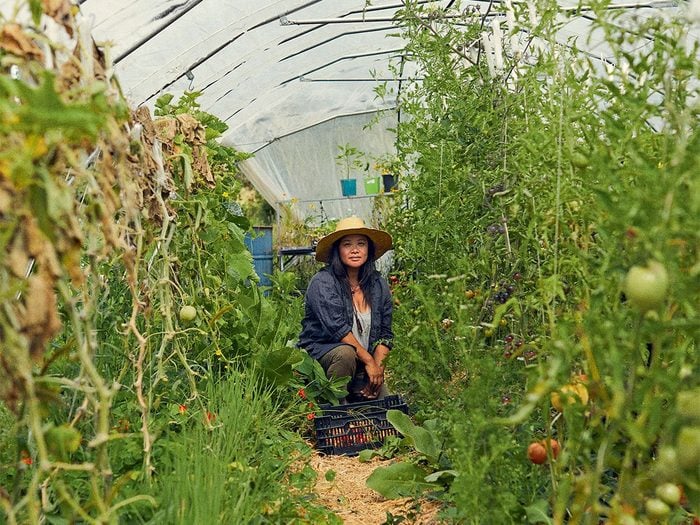
Judy Ning’s daily movement regime is heavy on manual labour: squatting and weeding, pushing wheelbarrows and harvesting veggies from Paper Kite Farm in Prince Edward County.
The autumn harvest is a bountiful time on the farm for Judy Ning and her husband, Hans. It’s their third fall season since they purchased a fixer-upper house on two acres of land outside Picton, Ont. and relocated their two kids.
They had endured the first pandemic lockdowns in Montreal, where they helped run a family-owned hotel. But Hans had always dreamed of living off the land and off the grid, and Judy wanted to reconnect with her heritage by cultivating Asian varietals descended from precious seeds her mother had brought from Thailand as a Hmong refugee decades ago.
Because the Nings had been camping at nearby Sandbanks Provincial Park for years, they were especially familiar with that part of Ontario, and started Paper Kite Farm in 2021. (The name is a nod to Hans’s family roots in China—because both paper and kites come from China, Judy explains.)
The seeds they use are hard to find in Prince Edward County, and they have quite the backstory. In 1986, as Judy’s mother travelled from Laos to Thailand to the U.S., she smuggled the original batch of seeds by sewing them inside the embroidery of her skirts. She then planted them in pots and pails and patches of grass between the pavement outside the public housing units in California where they were living as part of a refugee resettlement program. “Anywhere she could find a little bit of green,” says Judy. “And they’ve always been with me—everywhere we moved.”
While there are plenty of farms in Prince Edward County, the crops are fairly homogenous, says Judy. “Everyone’s growing the same things.” The Nings bring something different to the market, and it’s personal.
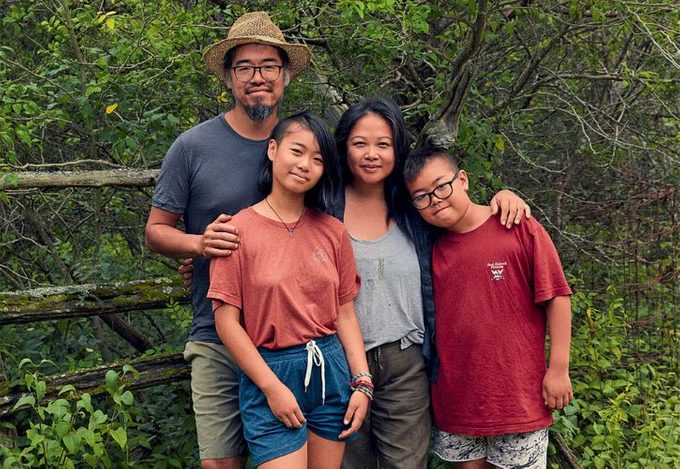
“When I came to Canada, I was the only Hmong person I knew. So growing this food has been kind of like an identity project,” Judy says. “Farming has been a whole new experience of trying to understand where food comes from and appreciating food from our culture.”
Tilling the land, growing veggies and delivering the fruits of their labour to farmers’ markets and CSA customers is a very physical job, but this rich family history is what motivates Judy with every bucket of water she hauls, every wheelbarrow of soil she pushes and every time she crouches down to weed.
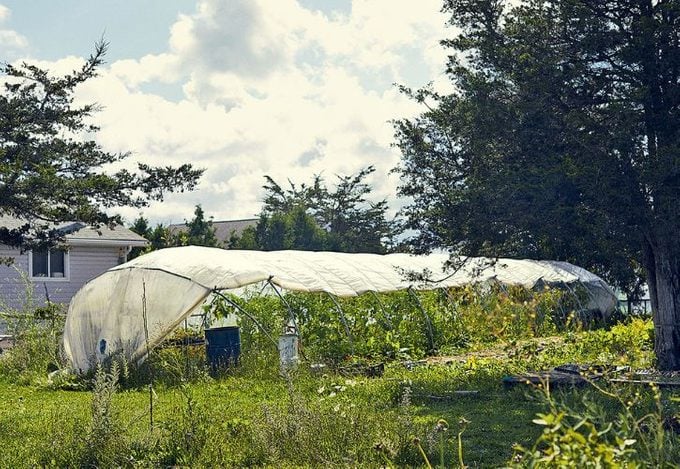
At ages 39 and 40, she and Hans are trying to listen to their bodies a bit more. “The first year on the farm, we were just so excited, and we went at it really, really hard. By the second season, we really felt it,” she says. “Now we’re learning how to take some care and to work in different positions to promote other muscle groups. And we’re always trying to stretch.”
Sometimes, they end their workday with a cupping session, an alternative therapy that uses suction to pull on the skin and stimulate blood flow to sore muscles, which can help address back injuries or chronic pain. (The technical term is myofascial decompression.)
“We still feel young, but we definitely feel that our bodies are not…the way they were,” Judy says with a laugh. “Recovery takes longer.”
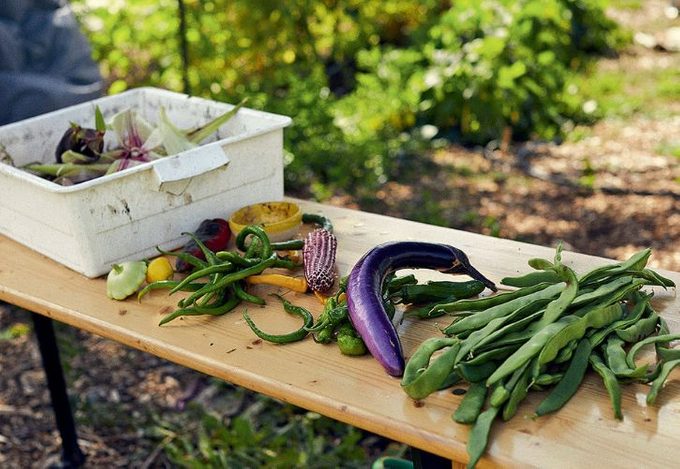
The Nings start their mornings around 7 a.m. with a cup of coffee on the deck, surveying the farm and plotting out their to-do list. In addition to their on-site farm stand, they deliver weekly CSA boxes from June to October and, on Sundays, they sell their produce at the Picton Town Hall Farmers’ Market.
The Nings grow Hmong cucumbers, bok choy, mizuna, eggplants, Napa cabbage, yardlong beans, purple sticky corn, water spinach, peas, shishito peppers, okra, melons and more. “Some are from the seeds that my mom brought with her, so that I can stay connected with my family, and share that with my kids,” says Judy.
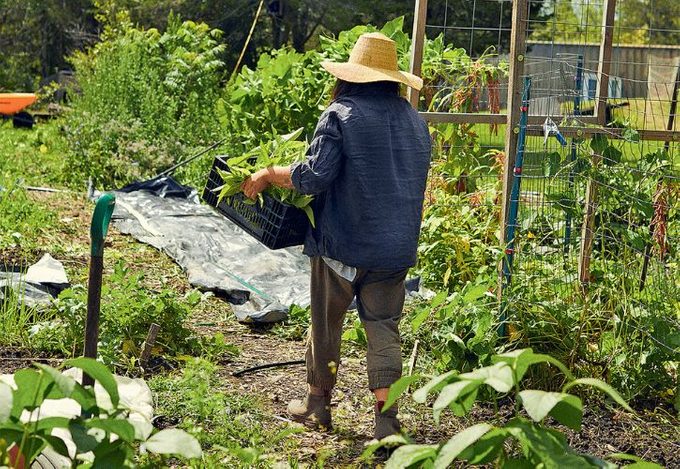
Judy goes for frequent walks with her 11-year-old son, who is on the autism spectrum. To minimize the pull of screens, the Nings require outdoor time from 4 to 6 p.m. for both their son and 14-year-old daughter, even if “they’re just poking things with sticks,” says Judy.
Because the Nings don’t pull the veggies out by the root, “I have to have a very strong squat game,” says Judy. This is a way to promote the health of the soil, she explains. “We leave the roots in the ground and cut the plants at the base, so the roots decompose and add more nutrients and biodiversity.”
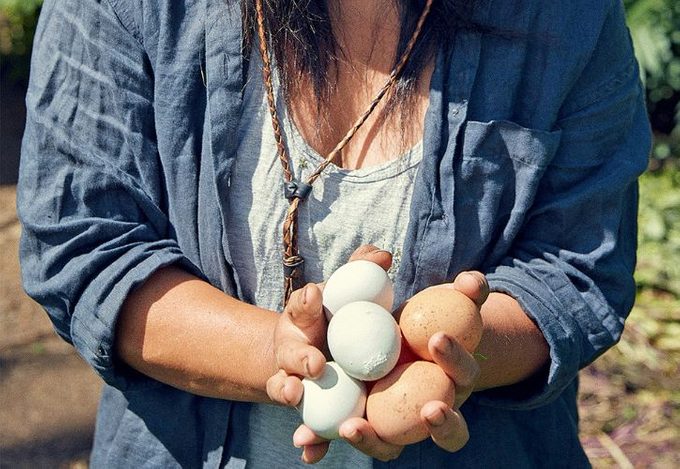
The Nings raise Coturnix quails and a variety of hens: Wyandottes, Marans, Brahmas, Easter eggers and Olive eggers. “We get about one egg a day from our laying hens and quails,” says Judy. She says the chicken eggs taste richer in flavour because those hens prefer to forage for their food and have a more varied diet.
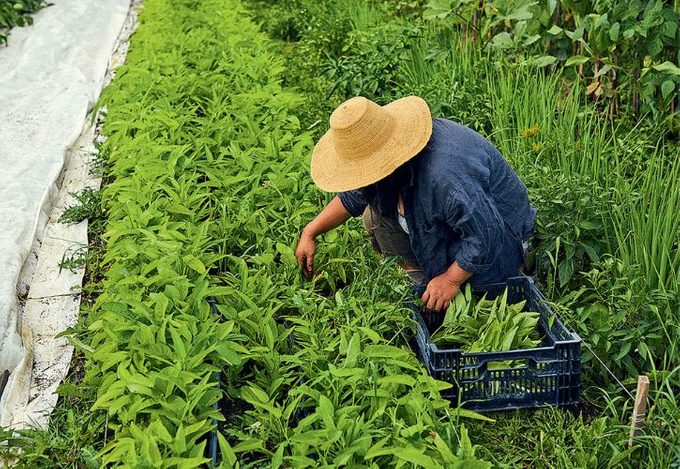
“Many people here haven’t heard of these vegetables before. So we thought it’d be a really good idea to share our culture with people who never experience other cultures,” says Judy. “Food is a great catalyst to bring understanding to the table—talking about recipes and sharing our childhoods has been really joyful.”
Next: This Ultramarathoner and Mom Is Bringing Reconciliation to the Trail-Running World




